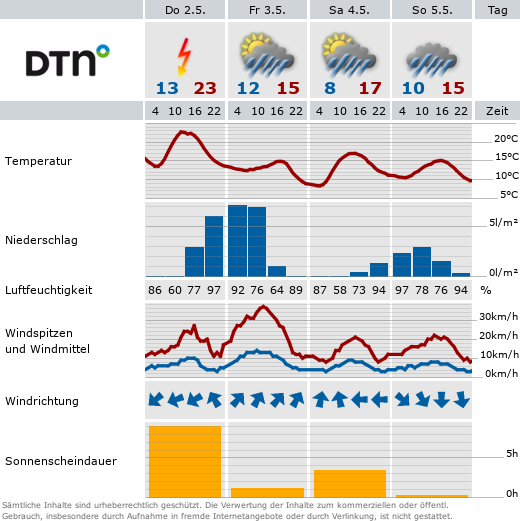Thesis defense of Christopher Krause
- Defense
The ATLAS ITk will replace the Inner Detector of the ATLAS experiment for the High-Luminosity phase of the LHC. To ensure an excellent tracking performance of the silicon pixel sensors of the ITk under the harsher environment, their performance has to be thoroughly tested and validated in laboratories and beam test facilities before installation. Electrical properties of several HPK and Micron Test structures from pre-production sensors were investigated in the scope of this thesis. Bonded pre-production modules from HPK and Micron using the ITkPixV1.1 and ITkPixV2 were investigated in CERN SPS beam tests. The performance of unirradiated and irradiated planar quad modules in beam tests from 2022 to 2024 has been analysed. All investigated test structures and pre-production modules satisfy the ITk requirements.
A beam test measurement was conducted for the investigation of the in-time efficiency of an ITkPixV1.1 readout chip. The front-end clock was probed with a time resolution of 780 ps, although the sub-optimal time resolution of the utilised scintillators only allowed for a timing precision of 2-3 ns. While no front-end clock effects were detected at this time resolution, the measurement principle proved to be successful and paves the way for an investigation of the final design readout chip with an improved time resolution and charge information.
Additionally, beam test simulations using high-intensity beams are investigated regarding the feasible track reconstruction using one-dimensional feature cuts and a machine learning approach. Due to the high energies of the particles, proper track reconstruction was achieved with all approaches, with the implemented classifier only performing slightly better.









